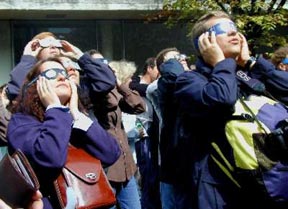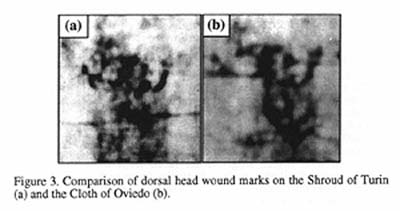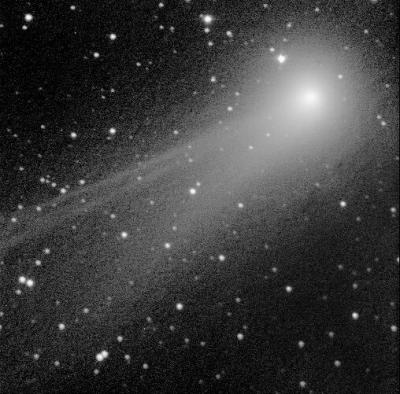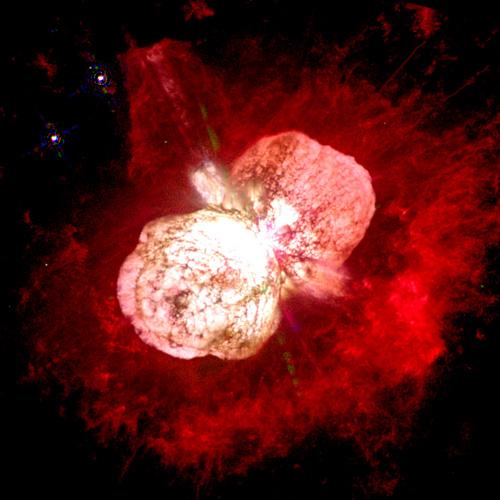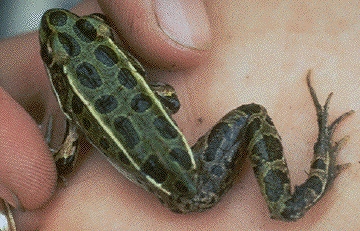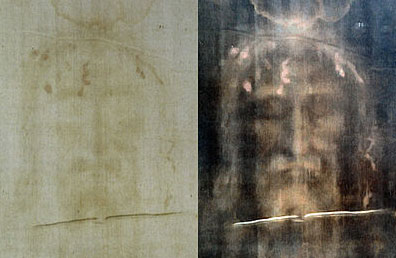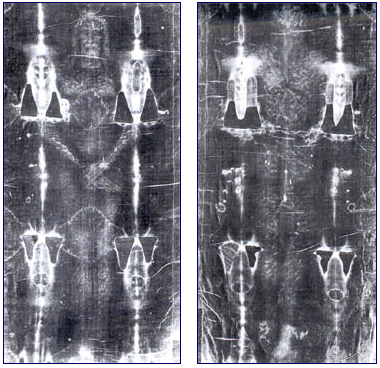September 24 and 28, 1999 Marshall Space Flight Center, Huntsville, Alabama This week NASA released new photographs from its Chandra X-Ray Observatory launched in July 1999. One surprising image is in the Small Magellanic Cloud, a galaxy 190,000 light years from earth. It's the aftermath of a supernova, a sun that blew itself apart, which looks like a wheel with spokes. The "wheel" is forty light years in diameter.
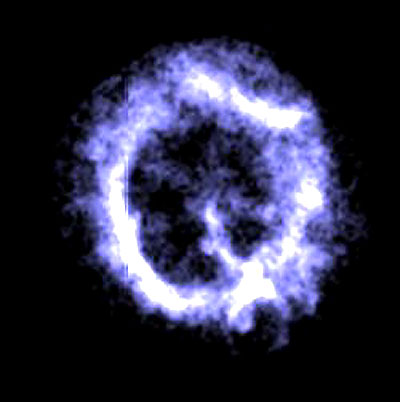
Click here to subscribe and get instant access to read this report.
Click here to check your existing subscription status.
Existing members, login below:


